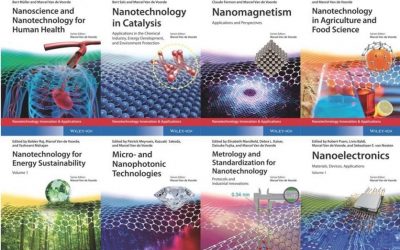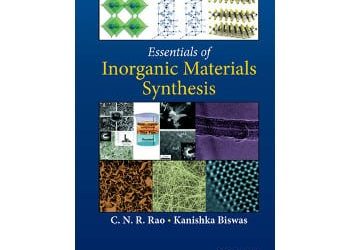Powered by WPeMatico
New Book Series “Nanotechnology Innovation and Applications”
New book series “Nanotechnology Innovation and Applications” – out now! The book series “Nanotechnology Innovation and Applications” was initiated and overseen by Prof. Dr. Dr. h.c. Marcel Van de Voorde who has more than 40 years’ experience in European research...













